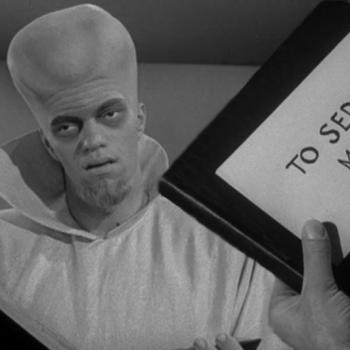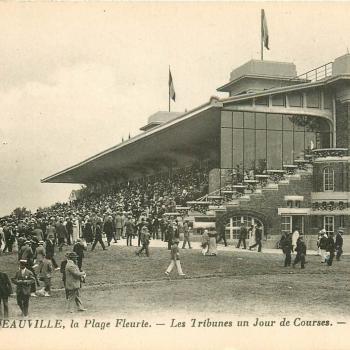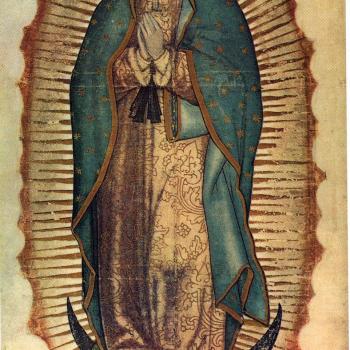The fire in Paris and damage to Notre Dame is, it goes without saying, awful. The cathedral’s grandeur and intricate beauty will always be part of my first memories of Europe — I first visited in 1976 and Notre Dame means, for me, Paris.
So I can well understand the feelings of loss that many are expressing around and on social media. But I am curious that so few of the remarks about the cathedral make any reference to Mary — THE Lady.
For instance, David French writes:
The Notre Dame I visited wasn’t just a beautiful building. It wasn’t just a marvel of medieval architecture. And it wasn’t just the center of the French nation — the place where kings and emperors were crowned. It was a symbol of an enduring church and God’s enduring presence. France will feel its loss more than it now understands. We all will.
Marlo Safi adds:
In the modern age of architecture, the severe geometry and monotony of even the holiest of places renders most buildings of worship only notable to us because of God’s ubiquity. But we are human and often need that sensory nudge from the material world to evoke a palpable communion with Him — stained glass that dyes light like at Sainte Chapelle in France, finished in 1248; the gilded and honeycomb woodcut of the mihrab in the Umayyad Mosque in Damascus, directing worshippers in the direction of the Kaaba in Mecca, built in 715; the blue dome that tops the Tempio Maggiore Synagogue of Florence, seen punctuating the skyline as guidance, completed in 1904. These buildings are artifacts of a past that allowed beauty to guide design.
Jonah Goldberg continues:
No structures in the United States — even the White House — are as central to French history and identity as Notre Dame. It not only was a literal stage for so much French history, literature, politics, and culture for eight centuries; it often set the stage figuratively speaking. There’s no doubt that many irreplaceable things have been lost and this is a tragedy by any reckoning. But it’s worth remembering that much of the Cathedral has been replaced over the years.
The building is indeed an architectural phenomenon. But it is still a place of worship. Only French connects the building to God. But he also neglects Mary. Why don’t these conservative authors, for the most part sympathetic to if not advocates for religion, address explicitly the building’s religious reference to the “mother of God”?
Even Samuel Gregg, misses the opportunity to talk about his Roman Catholic faith and the cathedral’s meaning:
De Gaulle’s presence in Notre-Dame mattered because it symbolized the restoration of France’s liberty and honor after four years of occupation and the disgrace of collaboration. What’s more, hundreds of people inside the cathedral and the thousands gathered outside—Catholics, atheists, Socialists, Vichyists, Jews, Resistance fighters—also understood what de Gaulle had done, because they too instinctively recognized Notre-Dame’s importance for France.
This could lead to a comment about the way that political conservatives often use religion for a social or political purpose. But that’s not where I’m going.
Instead, what may be worth considering is the Protestant notion that words matter more than images. For all of the history, beauty, national awareness, civilizational significance — for its literal name, people are not remembering Notre Dame for its testimony to Mary. Instead, a vehicle to venerate Jesus’ mother takes on architectural, national, and continental importance.
Which raises the question, if you want believers to have a proper regard for Mary, do you build a cathedral and give her the naming rights or do you study a book and hear its message proclaimed?












